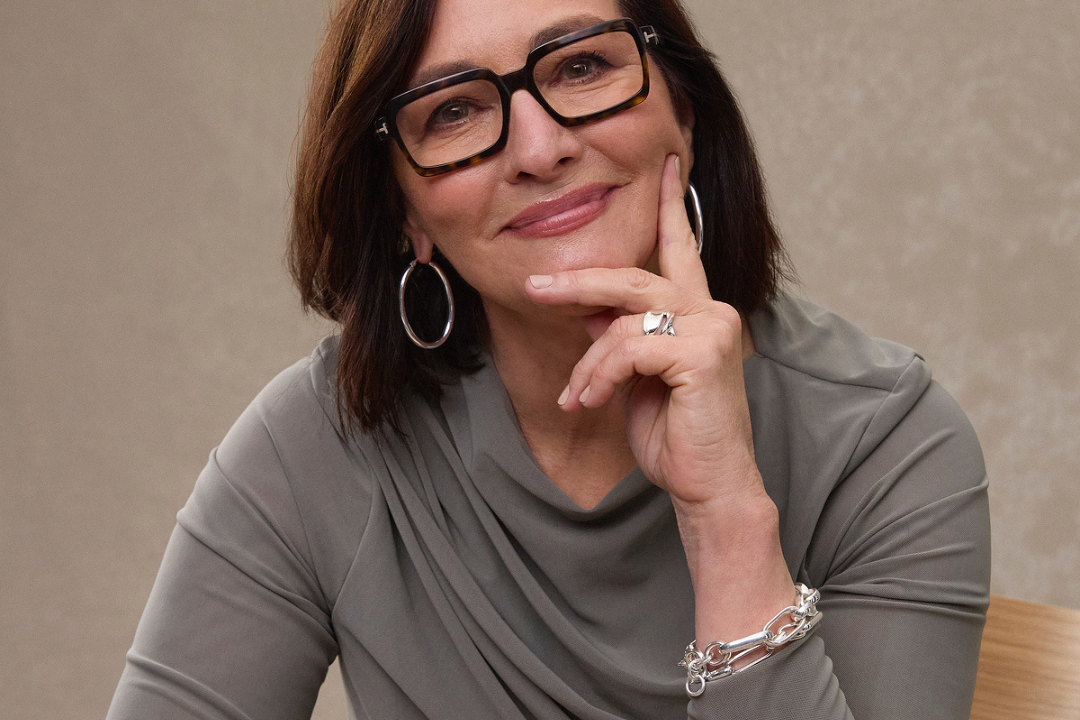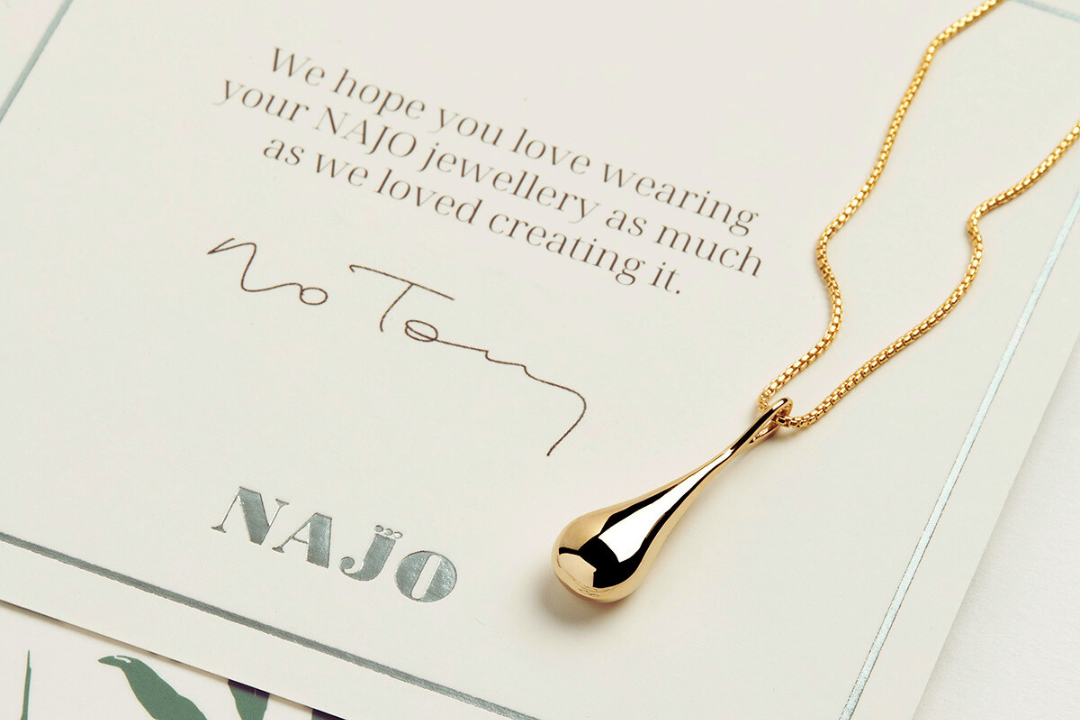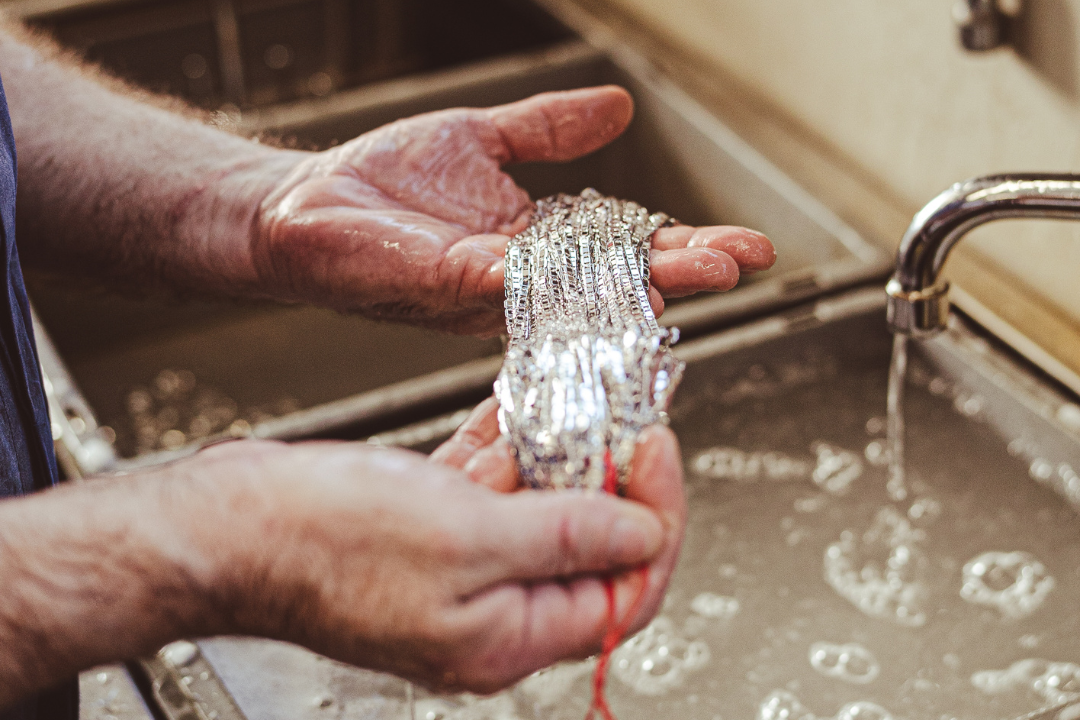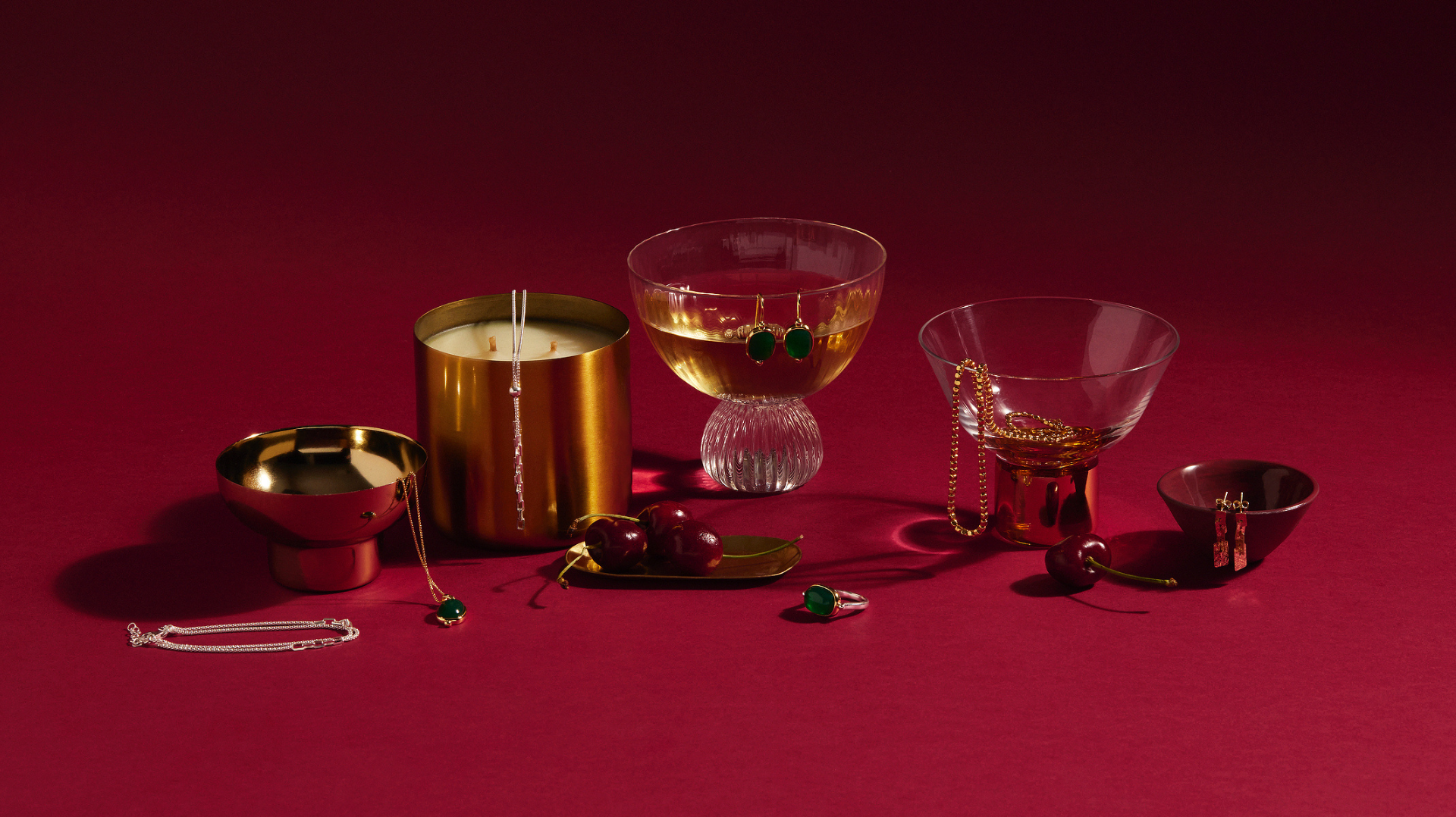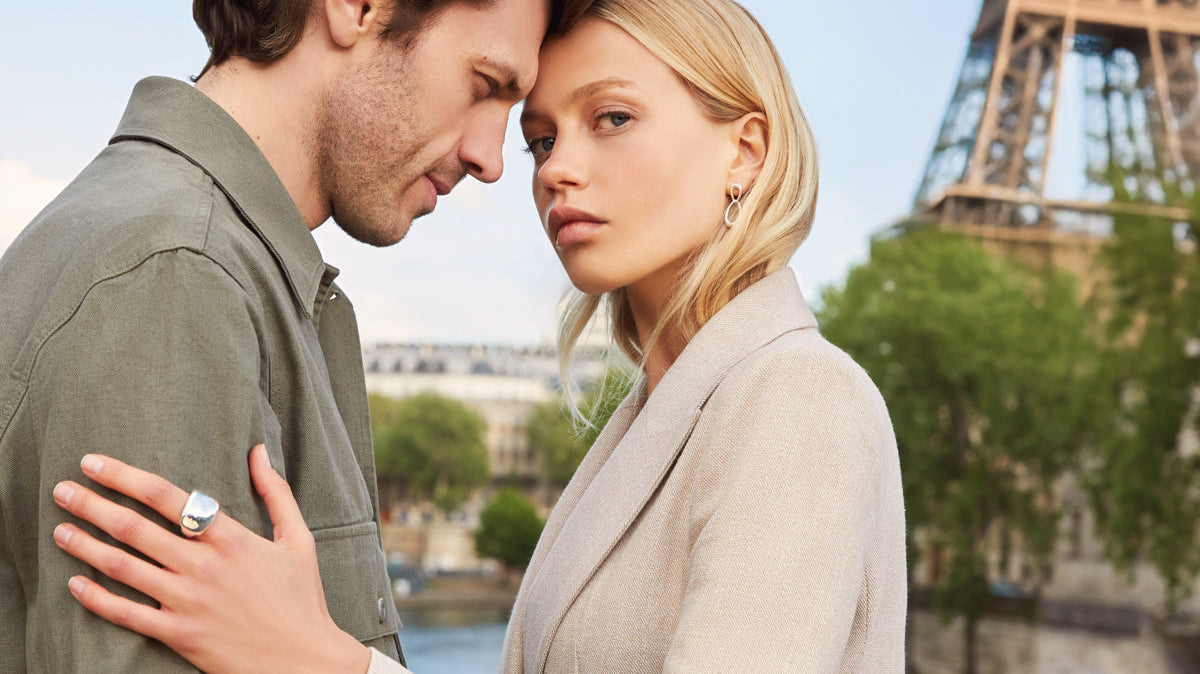A silver-lover’s basic guide to this far-from-base metal
Pure, luxe, lustrous silver is one of the world’s most precious materials. But just like pure gold, it is too soft on its own to fashion into modern, wearable jewellery, and needs to be alloyed with another metal for strength.

The origins of sterling
All NAJO jewellery is crafted from high-quality sterling silver, which comprises precisely 92.5% silver as denoted by the “925” stamp you’ll see on every piece. The remaining 7.5% of metal is usually copper, which adds strength without detracting from silver’s naturally spectacular shine, colour and malleability.
Many people associate the name “sterling” with the British currency, and for good reason: one Pound Sterling was once worth 240 silver pennies, or equivalent to one pound in weight of silver. The specific 92.5% ratio required for sterling silver dates all the way back to 1158, when Henry II made this the legal standard required for all British coinage. There were plenty of challenges to this standard over the ensuing centuries, but even today, 925 is the magic number for all the finest silver jewellery in the world.

Why choose sterling
Unlike other ‘silver’ coloured metals, non-sterling silver or silver-coated brass, NAJO’s collection of sterling silver is durable, highly polished, relatively lightweight and easy to wear. It’s also much brighter and whiter than other precious metals such as platinum or gold. In fact, silver’s chemical symbol, Ag, comes from its Latin name “argentum” from the Greek argós, which literally means “shining white, bright, glistening”.
Where does silver come from?
Mexico has long been the world’s largest silver-producing country, and given NAJO's deep roots there, it’ll come as little surprise that some of our finest sterling silver is still sourced in Mexico. Today, NAJO carries fine sterling silver pieces sourced from all over the world. Did you know that Australia is also naturally rich in silver? BHP Billiton’s Cannington Mine in north-west Queensland is the world’s largest single source of silver.
Sterling silver & TLC

Yes, all sterling silver tarnishes, especially when exposed to salt air, humidity and sulphur – found in rubber bands and some paper. The best prevention for tarnish is to wear your sterling silver jewellery regularly (although not while swimming, showering or cleaning), and to store it carefully the rest of the time. A dry, soft-lined jewellery box is ideal, and if your climate is humid, a small sachet of silica gel crystals can also help.
A lot of NAJO sterling silver is anti-tarnished to help prevent oxidation and add to the metal’s naturally bright and glossy appearance. To clean your jewellery, wipe it over with a soft silver polishing cloth or try a silver polish or foam, but avoid using silver dip.
Shop NAJO’s extensive range of beautiful quality sterling silver jewellery now >>











